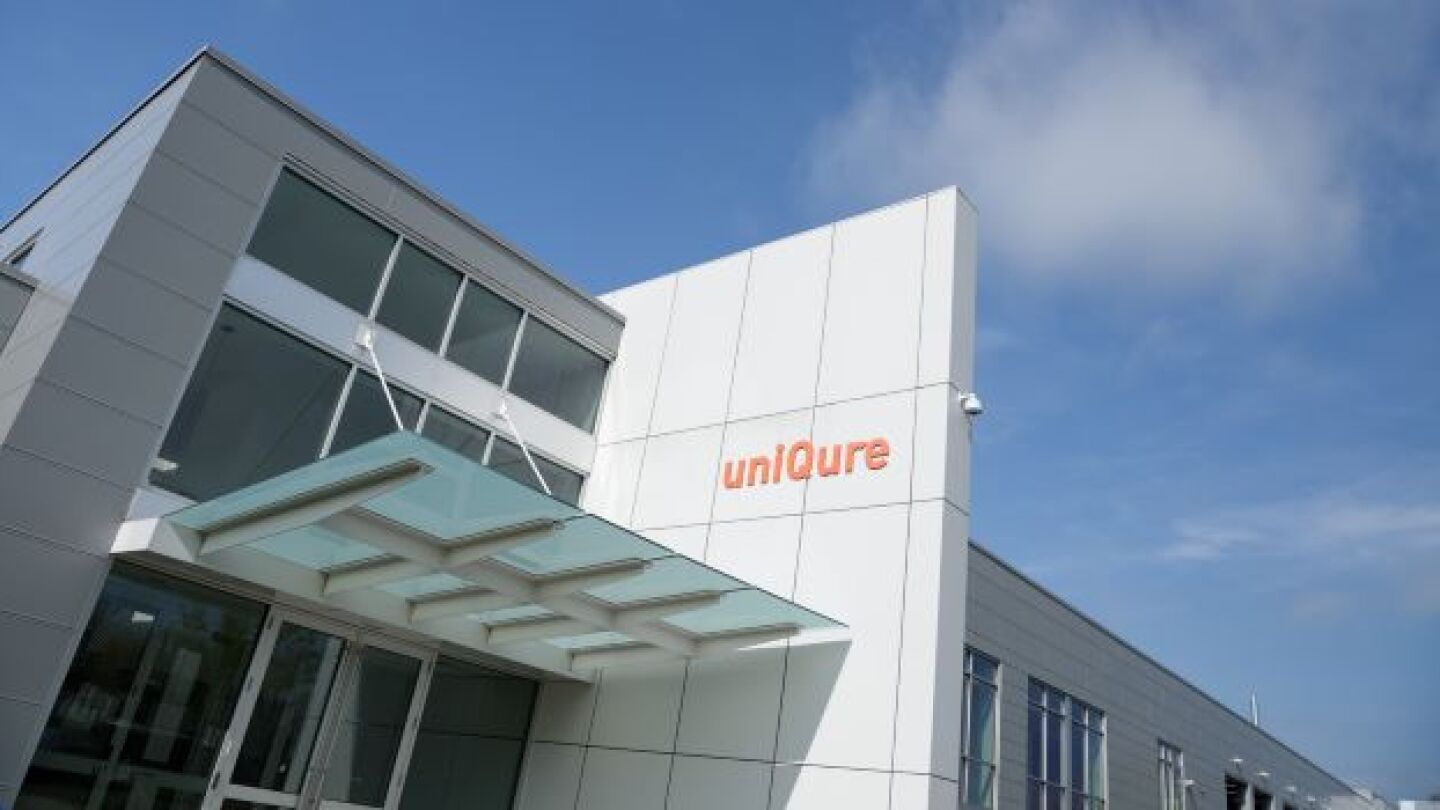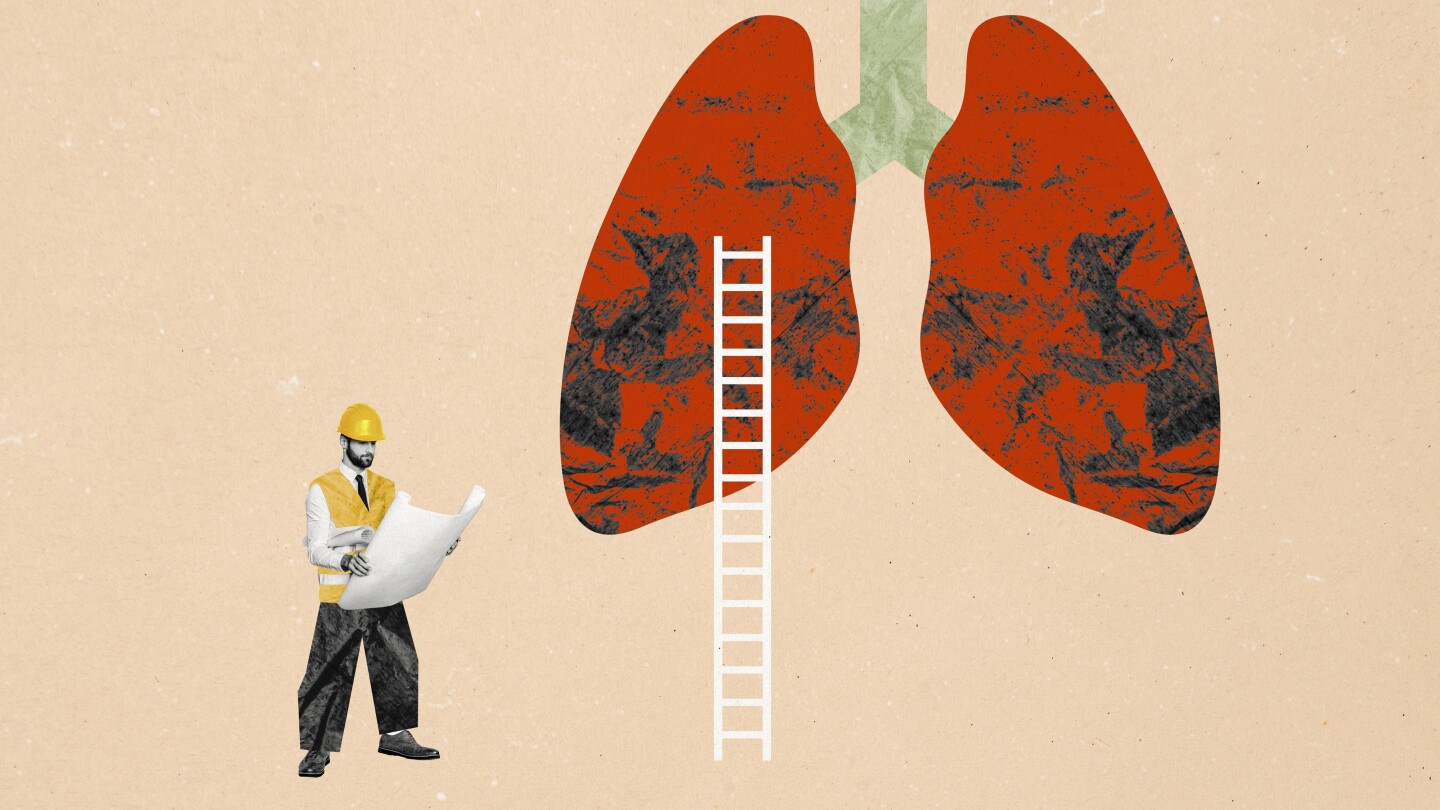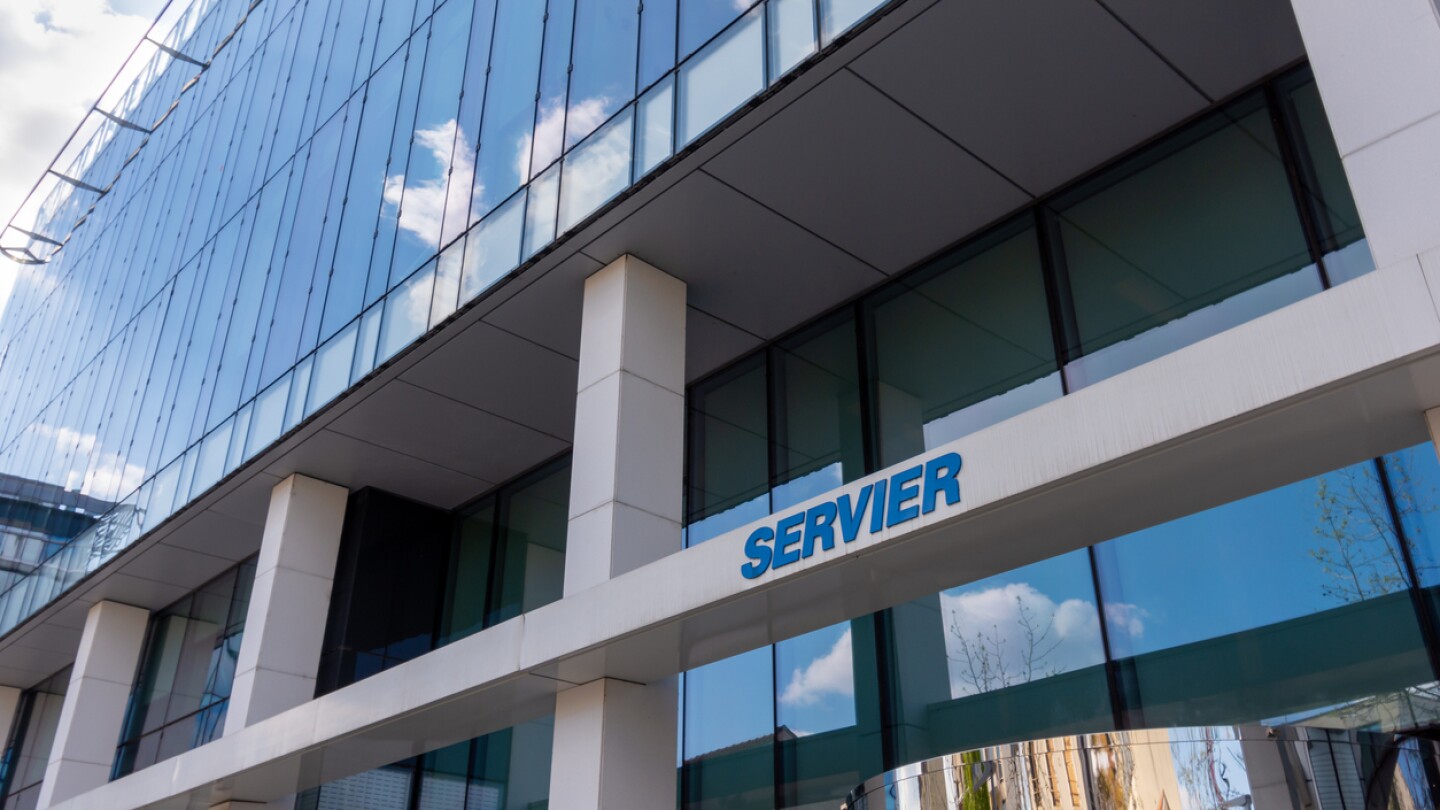Phase II
In this episode presented by PII, BioSpace’s head of insights discusses with guests Oliver Eden and Travis Webb how autoinjectors offer opportunities to improve delivery systems, patient compliance and clinical trial processes.
MET-097i’s mid-stage performance “bodes well” for Pfizer’s proposed buyout of Metsera, according to BMO Capital Markets, a deal centered heavily on the investigational GLP-1 drug.
The decision to stop the Phase IIb study was driven by “strategic business reasons,” according to a federal clinical trials database.
If approved, uniQure’s gene therapy AMT-130—which slowed disease progression by 75%—would be the first genetic treatment for Huntington’s disease. A BLA submission is planned for the first quarter of 2026.
Analysts at BMO Capital Markets expect the lack of other exon-44-skiping therapies to facilitate a “smooth” approval process for Avidity’s del-zota.
Truist Securities called pumitamig’s data on Monday “very reassuring,” given the consistency between its performance in Chinese and global patient populations.
Presenting at the World Sleep Congress 2025, the Dublin-based company’s Phase II study bested Takeda drug in both efficacy and safety.
Shares of Rapport Therapeutics popped Monday morning after Phase IIa data for RAP-219 exceeded analyst and Wall Street expectations, reducing seizures by almost 78% in patients with drug-resistant focal onset seizures.
According to analysts, the new data could present a path to accelerated approval for ifinatamab deruxtecan, a product of Merck and Daiichi Sankyo’s troubled ADC partnership.
The French giant is gaining access to darovasertib, a small molecule protein kinase C inhibitor already in Phase II/III trials, with rights for the whole world besides the U.S.
PRESS RELEASES










